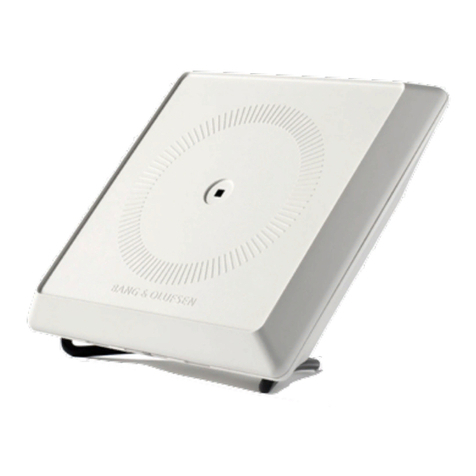Aerials
The receiver has two built-in aerials; a lerrite aerial which operates on LW
and MW; and a telescoping whip that operates on SW2 and SW l. These
two aerials
are the regular aerialsof the receiver; they are designed to provide
a very high order oI sensitivity on all wave bands. Where reception is
desired under poor conditions, such as in a closed motor-car or in a Ïerro-
concrete building, best results
will be obtained if an external aerialisconnected
to the receiver's aerial jack. If reception is poor indoors and no outdoor aerial
is available, an improvement will be obtained by placing the receiver near a
window.
The ferrite aerialis mounted longitudinally in the receiver, and asit possesses
a certain amount of directivity the receiver should be rotated slowly back and
forth until best reception is obtained. Likewise, an undesired station can be
suppressed by similarly rotating the receiver for minimum signal from the sta-
tion in question. This may possibly reduce the signal from the desired station
as well, but since the angle over which the desired station is strong is much
wider than that in which the undesired station is suppressed,considerable irn-
provement is possible with the procedure described.
The telescoping whip (SW 2 and SW 1)has no directivity. It should be pulled
out to its full length so that maximum sensitivity will be obtained.
Taking Bearings
The directional properties of the receiver when the built-in aerial is used can
be utilized for taking bearings.The procedure is as follows: Tune in a station
whose location you know, for instance one of the marine radio beacons ope-
rating between 300 and 320 Kc/s in the Long Wave band, and then rotate
2
I



































